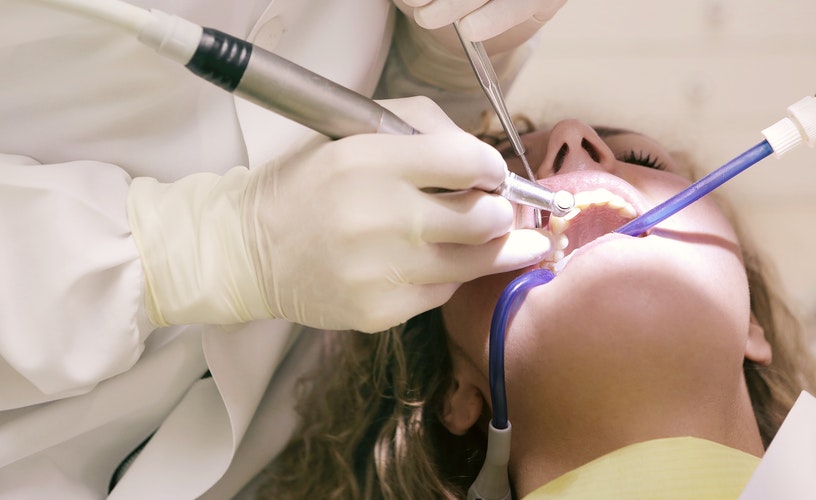Consumer Electronics Items
Introduction:
The daily use of electronic equipments are known as consumer electronics and includes TV, telephone, DVD, CD, PC, laptop etc. These equipments are manufactured throughout the world. With the advancement in electronic engineering at a continuous pace, a number of new variety electronics items flood into the market every year and the cost the existing products reduces continuously and it is one of the biggest advantage of consumer electronics industry.
Electronic waste is one of the problems associated with these electronic item and many manufacturers are now planning to deal with these waste.
Semiconductor:
All electronic devices use semiconductors and without these semiconductors none of the electronic device is complete. Semiconductor behaves like an insulator at absolute zero (-273 degree centigrade) and can be distinguished from conductor that at this temperature the outermost filled electron energy band is completely filled in a semiconductor compare to the conductor in which the band is partially filled.
At room temperature semiconductor show a very small electrical conductivity much lower than that of conductor.
Doping in semiconductor:
Most common semiconductors used for electronic devices are silicon and germanium. Although some other conductors such as iridium phosphide, gallium arsenide and mercury cadmium telluride are also used.
A pure semiconductor also known as intrinsic semiconductor, when doped with electron rich element e.g. arsenic or electron deficient element e.g. boron in very small quantity, its conductivity increases and the resultant conductor is known as extrinsic conductor. My doping arsenic (electron rich) and boron (electron deficient) in silicon, we get n-type (negative type) and p-type (positive type) semiconductor devices.
We may create a p-n junction by doping different element in different region of semiconductor and the device is known as diode. Similarly we can create p-n-p or n-p-n junctions and the device is known as triodes.
Electronic Devices
(a) Television:
It is a device by which we can receive moving pictures and sounds over a distance. The whole transmission and receiver systems require the following inputs.
1.Camera for live images or flying spot scanner for transmission of films and sound source.
2.Transmitters for transmitting both images and sounds.
3.Receiver systems for receiving these signals.
4.Display device, which is either CRT, Rear projection, LCD or plasma. To display the signal in the forms of images and sounds.
(b) Telephone:
It is the device for communicating by which two persons can send and receive sound signals over a distance. The system requires the following inputs.
1.The telephone equipment, which converts sound signals to electrical signals and electrical signals to sound signals.
2.Central exchange from where the subscribers are interconnected.
3.Wiring for connecting all the subscribers.
(c) Calculators:
It is a device used for carry out various mathematical calculations. The input required for calculator are as given below.
1.Power source (battery or solar panel).
2.Display device (LED or LCD)
3.Keypad containing all functions and numbers.
4.All electronic circuit devices.
Electronic Waste:
These are the waste electronic devices and if properly utilized may be valuable secondary raw material source for various electronic equipments and if thrown out may act as toxic due to presence of various toxic materials including lead, mercury, cadmium, arsenic etc. uncontrolled burning of these materials may also cause environmental problems.
Electronic waste is sometimes illegally sent to other countries for processing. However, due to complexity and difficulties in recycling, e-waste will remain an issue for the coming days.













